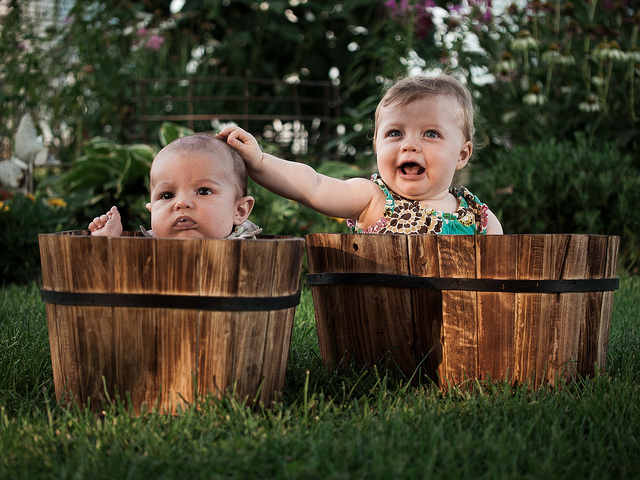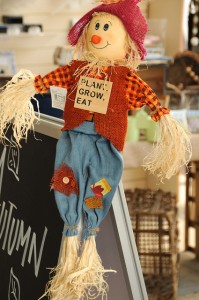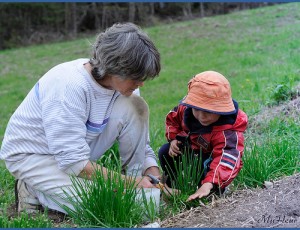If your kids really enjoy gardening, it makes sense to get them some tools that are properly sized for their smaller hands and bodies. Children love to imitate their parents and in fact learn a lot through imitation. If your child is over the terrible two’s and beginning to act responsibly, a set of children’s gardening tools can bring a lot of fun to both child and parent.
Contents
- Small is sensible in the beginning
- Choose seeds that grow easily
- Look for plant extremes
- Be creative with containers and props
- Don’t miss an educational opportunity
- Children’s tools are a must
Here are a few ways to encourage our kids to work out in the garden with us.
It’s important to teach them while they’re young, and build on that year after year.
1. Small is sensible in the beginning.
A children’s garden definitely does not have to mean that you uproot your entire back yard and add in a raised bed.
It can be something as simple as a window box filled with herbs, or a few ceramic pots on your patio with heirloom tomatoes or edible nasturtium flowers.
Whether you have a shaded backyard or a sunny apartment balcony, there is a way that you can have a garden.
Even just a potted mint plant can be a garden. Don’t be afraid to start small.
2. Choose seeds that grow easily.
How do you know which seeds are easy to grow? Generally speaking, the larger the seed, the easy it is to grow.
So for edibles, pick veggies such as peas, beans and greens. Broccoli and tomatoes are all good choices as well.
For all fruits, flowers, and vegetables, consult your seed packets for information. If you see phrases such as “spreads easily” this means they will be easy to grow.
3. Look for plant extremes.
To interest your children in gardening, select plants that either grow very tall and sprawl, or stay teeny-tiny.
They are sure to be enthralled with the extremes.
Sunflowers are an excellent choice for children’s gardens, since they grow to be quite tall, and produce large, heavy blooms. Another bonus is that you can roast and eat the sunflower seeds.
4. Be creative with containers and props.
Don’t worry about making the garden look perfect.
Try making it look playful and interesting instead. Encourage your children to sow plants in unusual found objects, such as an old pair of rubber boots or a coffee can with holes poked in the bottom.
Attract animals such as toads with overturned clay pots, and butterflies with shallow dishes of water.
5. Don’t miss an educational opportunity.
To adults, makes common sense that chicken meat comes from a chicken, and a cucumber comes from a cucumber seed.
But most children have only seen the end product on a supermarket or store shelf, and do not know where these foods come from.
Therefore, planting a children’s garden gives you a very valuable educational tool. Don’t miss the opportunity to explain that a whole growing, living plant sprouts up from a tiny, dormant seed.
To kids, it almost seems like magic!
6. Children’s tools are a must.
This will not only be safer for the children giving you piece of mind, but also make it easier for them to interact and do all the great things mentioned above in the garden.
Tools that are sized and weighted correctly are by far the best option when introducing children to gardening.
About The Author
Keith Dolby is a freelance writer who is currently working for East 2 Eden, online home and garden gift retailer based in the UK.
Useful Resources
For more information on introducing children to the garden, you may find the following resources useful:



